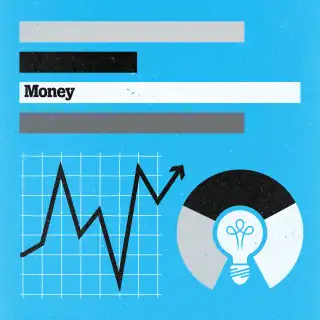How to Help Your Kid Get Started Investing

Q: I want to invest $5,000 for my 35-year-old daughter, as I want to get her on the path to financial security. Should the money be placed into a guaranteed interest rate annuity? Or should the money go into a Roth IRA?
A: To make the most of this financial gift, don’t just focus on the best place to invest that $5,000. Rather, look at how this money can help your daughter develop saving and investing habits above and beyond your contribution.
Your first step should be to have a conversation with your daughter to express your intent and determine where this money will have the biggest impact. Planning for retirement should be a top priority. “But you don’t want to put the cart before the horse,” says Scott Whytock, a certified financial planner with August Wealth Management in Portland, Maine.
Before you jump ahead to thinking about long-term savings vehicles for your daughter, first make sure she has her bases covered right now. Does she have an emergency fund, for example? Ideally, she should have up to six months of typical monthly expenses set aside. Without one, says Whytock, she may be forced to pull money out of retirement — a costly choice on many counts — or accrue high-interest debt.
Assuming she has an adequate rainy day fund, the next place to look is an employer-sponsored retirement plan, such as a 401(k) or 403(b). If the plan offers matching benefits, make sure your daughter is taking full advantage of that free money. If her income and expenses are such that she isn’t able to do so, your gift may give her the wiggle room she needs to bump up her contributions.
Does she have student loans or a car loan? “Maybe paying off that car loan would free up some money each month that could be redirected to her retirement contributions through work,” Whytock adds. “She would remove potentially high interest debt, increase her contributions to her 401(k), and lower her tax base all at the same time.”
If your daughter doesn’t have a plan through work or is already taking full advantage of it, then a Roth IRA makes sense. Unlike with traditional IRAs, contributions to a Roth are made after taxes, but your daughter won’t owe taxes when she withdraws the money for retirement down the road. Since she’s on the younger side – and likely to be in a higher tax bracket later – this choice may also offer a small tax advantage over other vehicles.
Why not the annuity?
As you say, the goal is to help your daughter get on the path to financial security. For that reason alone, a simple, low-cost instrument is your best bet. Annuities can play a role in retirement planning, but their complexity, high fees and, typically, high minimums make them less ideal for this situation, says Whytock.
Here’s another idea: Don’t just open the account, pick the investments and make the contribution on your daughter’s behalf. Instead, use this gift as an opportunity to get her involved, from deciding where to open the account to choosing the best investments.
Better yet, take this a step further and set up your own matching plan. You could, for example, initially fund the account with $2,000 and set aside the remainder to match what she saves, dollar for dollar. By helping your daughter jump start her own saving and investing plans, your $5,000 gift will yield returns far beyond anything it would earn if you simply socked it away on her behalf.
Do you have a personal finance question for our experts? Write toAskTheExpert@moneymail.com.